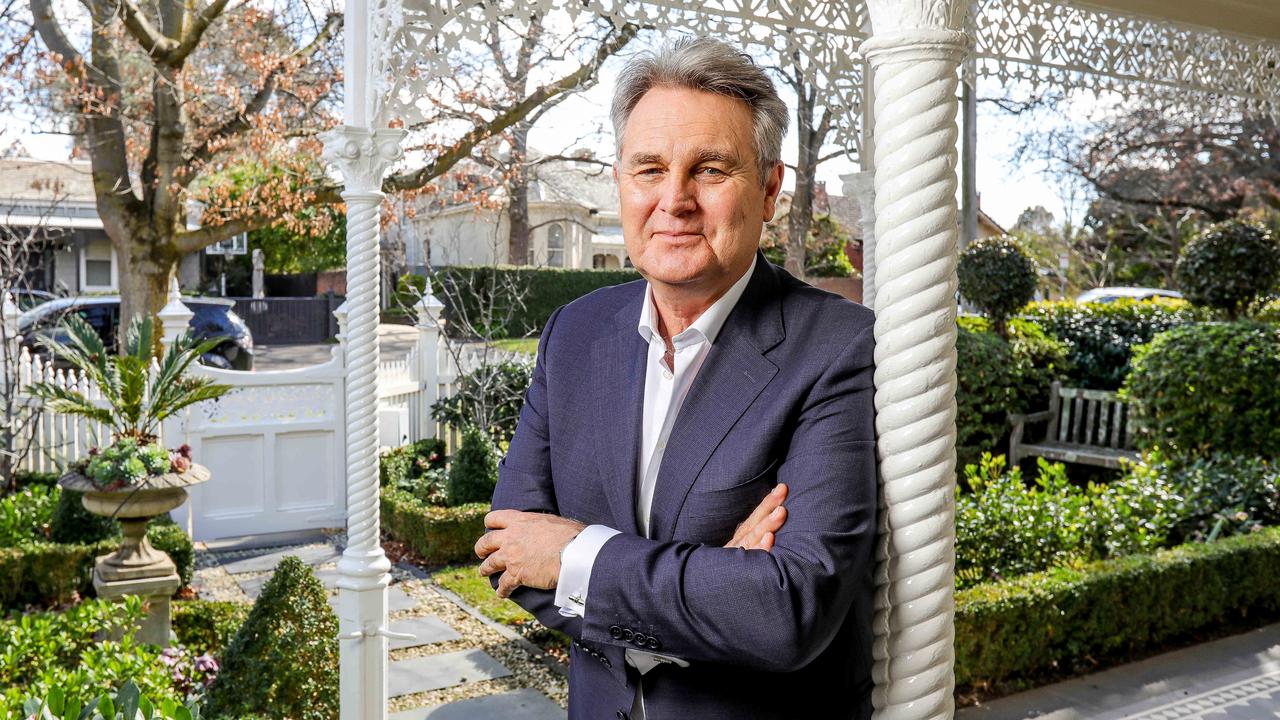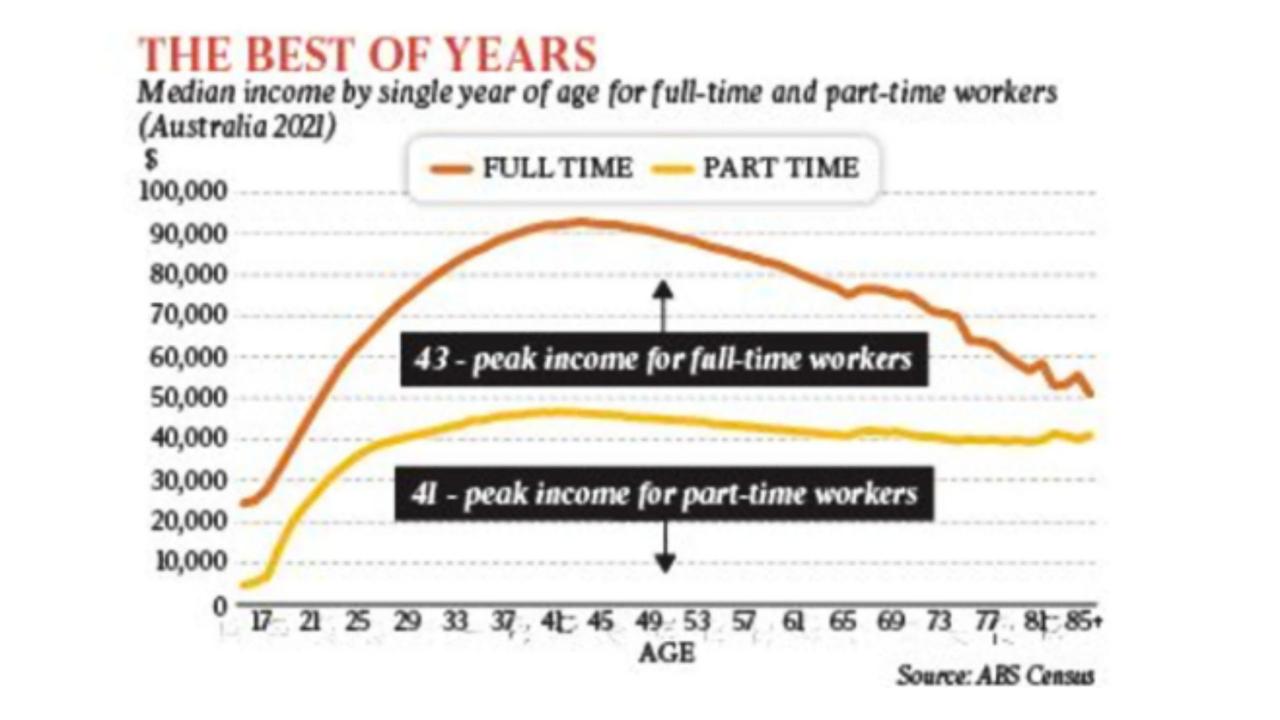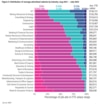Major dataset reveals when you will be at your earnings peak
Your peak earning years may be just closer than you think, if data from the 2021 Census is anything to go by.

Your peak earning years may be just closer than you think, if data from the 2021 Census is anything to go by.
According to the Australian Bureau of Statistics’ latest national survey, Australians are at their peak full-time earning capacity between the ages of 35 and 45.
But Bernard Salt, one of Australia’s top demographers, has narrowed that age even further: he concluded Australians are at their highest earning powers by age 43.

In analysis published by The Australian, Mr Salt gave many reasons why 43 was the magic earnings number.
“By the age of 43 most Australians have either ‘partnered-up’ or are formally married. They have generally completed and are finished with the child-bearing stage of the life cycle. They have one, two or more kids who are either in, or are starting primary school,” he wrote.
“At this time in the life cycle, primary caregivers usually return to the workforce. The late-30s and the early-40s is when many households are supported by two full-time income earners.”
Couples, therefore Mr Salt found, around the age of 43 are those Aussies with “maximum spending power” – and are most likely to be looking or able to make moves in the property market.
“The significance of 43 is not lost on the property industry,” he wrote.
“From such a couple’s point of view it’s now or never to make the leap from minimalist (and rapidly becoming ‘kid messiest’) apartmentia to family friendly suburbia.
“Or, better still, to make the leap to the lifestyle zone located just beyond the edge of town and which has been recently activated by the Covid-inspired work-from-home movement.”

At the 2016 Census, he found, the equivalent figure was 41 years, suggesting the national full-time peak earning age is increasing by two years every Census (five years).
That means by the next Census in 2026, 43 may become 45.
The data also shows the maximum income holds within 5 per cent of the 43-year-olds’ peak from 37-years-old to 51-years-old.

Mr Salt said the 43 group was an important figure to help understand the next “era of rising demand” in housing, as the elder portion of six million Millennials (born 1983-2001) age through their peak earning powers.
“This is a bit like a demographic alignment of celestial bodies: the Millennial moon is moving into a position of perfect alignment with the Peak-Income-Earning planet, thus amplifying demand for family style housing,” Mr Salt wrote.
“And for 40-something Millennials unwilling to leave the inner city and/or who have not followed the pathway to traditional family formation, this group is likely to underpin a rising market for even more aspirational apartment living.”


He said these years were not only the time to “buy a trophy property”, but to upgrade whitegoods, cars, take holidays, renegotiate loans and “ideally, to maximise allocations to superannuation”.
Mr Salt does admit, however, the magic number and its age bracket – late-30s to early-40s – is also the peak time of separation and divorce, which is a major driver of modern household formation.
Also, the years after 43 also prove to be the period when a workers’ scope for salary growth diminishes. However, at the same time, workers in their late-30s and early-40s are prime candidates for head-of-department roles, which may yield higher salaries.
Even part-time workers hit their peak income in their early-40s, rising from 39 at the 2016 Census to 41 in 2021.

“Again this suggests that ‘peak-income’ is drifting into the 40s, as households reach their peak spending potential technically between the ages of 41 and 43,” Mr Salt said.
Either way you spin it, he concluded, 43 is the magic number to watch at Census time.
“It is far enough in advance of retirement that insufficient savings isn’t an everyday concern. Workers at this age are in contention not just for work but for appointment to the most senior positions. It’s barely halfway through life; there is no sense that time’s running out.
“It sets the agenda for consumer spending and for housing demand: everything pivots around and/or spins off this technical midpoint in the Australian life cycle.”





